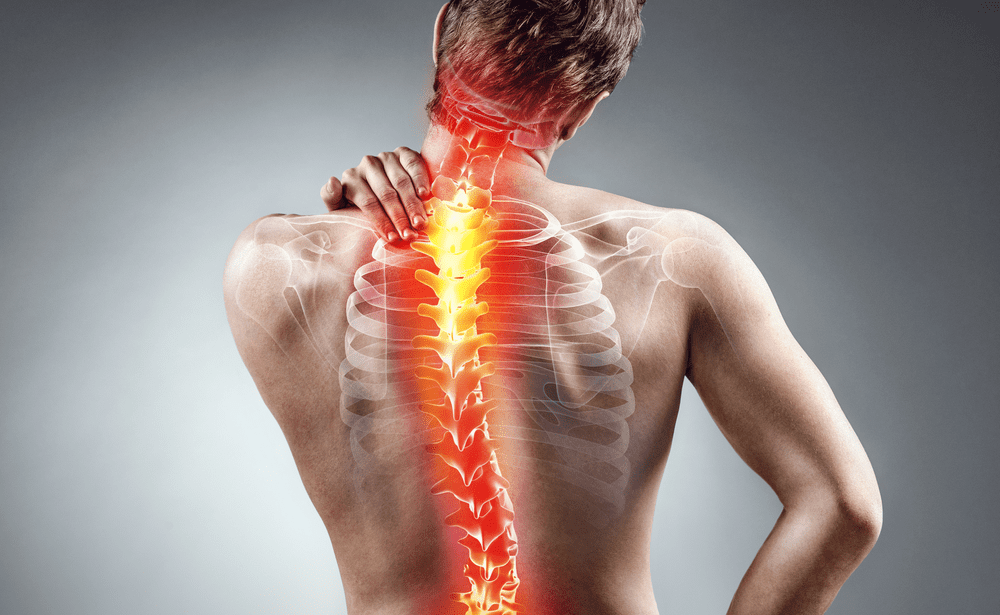Overview
Osteoporosis is a progressive bone disease characterized by reduced bone density and strength, leading to an increased risk of fractures. Effective treatment and prevention strategies are essential for managing osteoporosis and maintaining bone health, especially in high-risk populations such as postmenopausal women and older adults. This comprehensive approach includes lifestyle modifications, pharmacological interventions, and regular monitoring.
Indications for Osteoporosis Treatment
Treatment for osteoporosis is indicated for individuals who have:
- A diagnosis of osteoporosis based on DEXA scan results (T-score of -2.5 or lower).
- A history of low-trauma fractures, indicating weakened bones.
- Osteopenia (T-score between -1.0 and -2.5) with significant risk factors for fracture.
- Risk factors such as advanced age, family history of osteoporosis, prolonged steroid use, or certain medical conditions.
Treatment Options for Osteoporosis
- Lifestyle Modifications:
- Nutrition:
- Calcium and Vitamin D: Ensuring adequate intake of calcium (1,200 mg/day for women over 50 and men over 70) and vitamin D (800-1,000 IU/day) through diet or supplements to support bone health.
- Balanced Diet: A diet rich in fruits, vegetables, whole grains, lean proteins, and healthy fats.
- Exercise:
- Weight-Bearing Exercises: Activities like walking, jogging, dancing, and weight training help strengthen bones and improve balance.
- Strength Training: Resistance exercises to build muscle mass and enhance bone density.
- Balance and Flexibility Training: Practices such as yoga or tai chi can reduce the risk of falls.
- Nutrition:
- Pharmacological Interventions:
- Bisphosphonates: Medications such as alendronate, risedronate, and zoledronic acid that slow down bone loss and increase bone density.
- Hormonal Therapies:
- Estrogen Replacement Therapy: Can be effective in preventing osteoporosis in postmenopausal women.
- Selective Estrogen Receptor Modulators (SERMs): Medications like raloxifene that mimic estrogen’s bone-protective effects.
- Parathyroid Hormone (PTH) Analogues: Teriparatide, a synthetic form of parathyroid hormone, stimulates new bone formation and is used for severe cases.
- Denosumab: A monoclonal antibody that inhibits bone resorption, effective in both men and women at high risk for fractures.
- Calcitonin: A hormone that helps regulate calcium levels and may provide pain relief in certain types of fractures.
- Regular Monitoring:
- Bone Density Testing: Periodic DEXA scans to monitor bone health and assess the effectiveness of treatment.
- Fracture Risk Assessment: Evaluating and managing individual risk factors to prevent fractures.
Prevention Strategies for Osteoporosis
- Early Intervention:
- Promoting bone health from childhood through adulthood, emphasizing the importance of adequate nutrition and physical activity.
- Education:
- Informing patients and families about osteoporosis risk factors, symptoms, and the importance of prevention and early detection.
- Fall Prevention:
- Implementing strategies to reduce fall risks, such as home safety modifications, vision correction, and balance training exercises.
- Avoiding Risk Factors:
- Minimizing smoking, limiting alcohol consumption, and addressing other lifestyle factors that may contribute to bone loss.
Potential Benefits of Treatment and Prevention
- Reduced Fracture Risk: Effective management strategies significantly decrease the risk of fractures associated with osteoporosis.
- Improved Bone Density: Treatment and lifestyle changes can enhance bone density and strength.
- Enhanced Quality of Life: Maintaining bone health supports mobility, independence, and overall well-being.
- Empowerment Through Education: Providing knowledge about osteoporosis fosters proactive involvement in one’s health management.
Possible Risks and Side Effects
- Medication Side Effects: Bisphosphonates and other medications may have potential side effects, including gastrointestinal issues, osteonecrosis of the jaw, or atypical fractures (rare).
- Lifestyle Changes: Some individuals may struggle with adherence to dietary recommendations or exercise regimens.
Final Results
With appropriate treatment and prevention strategies, individuals at risk for osteoporosis can achieve:
- Long-Term Bone Health: Improved bone density and reduced risk of fractures lead to healthier aging.
- Enhanced Functionality: Increased strength and balance result in improved mobility and quality of life.
- Personalized Care Plans: Tailored approaches based on individual risk factors and preferences to ensure optimal outcomes.

